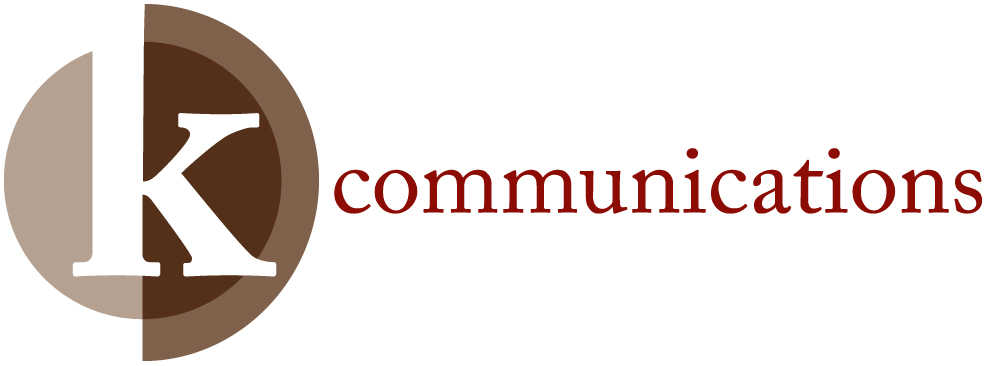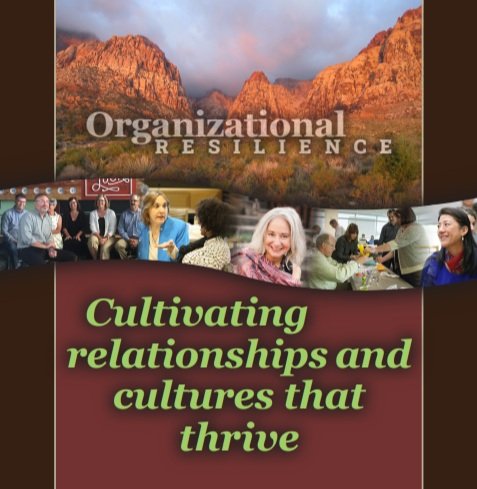Could this be the ultimate stress buster?
/There are a lot of proposed remedies for managing life’s stressors. You may have tried some of them – with varying degrees of success. Even if you have a high stress tolerance, most leaders have reported feeling an inordinate amount of stress in today’s business climate. I would like to propose something that de-escalates the natural stress responses of fight, flight, freeze, and fawn*: bringing a sense of curiosity.
Sound too simple? Let me share how I’ve seen it work.
Navigating Change
Yesterday during a client workshop on accountability, one participant spoke of her team’s resistance to change and wanted to know how to cultivate buy-in for the new expectations. Instead of starting with selling all the benefits of the upcoming change, we slowed the conversation down and examined what might be her team’s discomfort and fears related to the change.
Curiosity can unearth the obstacles unique to the person struggling. It can help us shape the conversation in terms that address the root cause of resistance, rather than jumping into all the reasons the change is beneficial. It provides leaders with clarity about their teams’ challenges so they can meet them where they are to guide them through what is new and different. Curiosity in this context – especially when blended with validation and empathy – demonstrates respect for a team member’s journey.
One can simultaneously hold space for what is difficult while co-creating a path that moves someone beyond resistance. In other words, remaining curious optimizes the capacity to better navigate change.
Fostering a Spirit of Collaboration
A conversation that embodies curiosity can illuminate potential roadblocks and begin a new kind of dialogue – one that invites real collaboration. When you enter the exchange with an openness, with mutual respect, and with the extension of trust, you shift the dynamics. In this collaborative, generative approach, you are building buy-in and capacity.
Curiosity vs. The Imposter Syndrome
The phenomenon of experiencing feeling like an imposter strikes nearly everyone. We can get triggered by not having advanced education or certifications, being new to leadership, or lacking confidence in a particular situation or skill set. You might think “Who am I to be doing x, y, z?!” (and rarely said in a curious sort of way – more likely a critical, fear-based question one’s value and worth).
If, however, we choose to be curious about the emotions that flared, we can move through them with self-compassion rather than defensiveness, rejection, fear, or shame. Feeling self-conscious about a skill level is normal. Staying in a place of hurt or insecurity can be diminishing and we can get stuck, often cloaked in our protective armor.
For example, if you feel vulnerable about a skill set, you can conduct an honest evaluation of where you are strong and where you would like to grow. That evaluation can include obtaining feedback from others. Then, you can create a game plan to elevate your skills and confidence in that area of your craft.
When you are on the edge of your comfort zone, what is the conversation in your head? If you default to being self-critical, you’ve forgotten to stay curious!
When you know your value, you know – and can tap into - your power. This kind of self-trust comes from healthy curiosity-inspired introspection.
Elevating Others
Similar to helping a team member through a change initiative, curiosity from a manager can expedite an employee’s learning. I have coached many managers who find themselves frustrated at their employees’ pace of grasping – and being effective – in their roles. Most managers default to “show and tell”. Telling the employees what they need to do or know, maybe even offering valuable context of what and why. Yet, few seize the moment to ask the kind of questions that illuminate what an employee is truly understanding and what is still unclear, and what the employee is ultimately motivated by.
The art of asking good questions
A natural part of being curious is asking open-ended questions and listening with an open mind.
What was it about the old way that you liked?
How do you think we should roll this out?
What do you think are the risks?
What would make this initiative successful?
What are you excited about achieving this quarter?
I have long been a proponent of embracing the spirit of curiosity. It opens the doors of discovery – for innovation, learning, and growth. It fuels problem-solving by expanding one’s current thinking, making room for greater creativity and fueling imagination. I’ve even used the word to describe my own communication style. (In fact, when I am climbing and I come upon a particularly challenging sequence of moves, I find myself saying, “That’s interesting”. It keeps me curious rather than stressed and fearful!). By championing curiosity, the ego is diminished to make space for the fun of exploration.
Embracing this kind of growth mindset can allow us to release the stressors of the need to be right in the moment, to be ridged in our thinking, and to let go of our need to control.
Albert Einstein famously stated, “I have no special talent. I am only passionately curious.” He is also credited with saying, “The important thing is not to stop questioning. Curiosity has its own reason for existence.” Curiosity is a driving force for deepening our understanding and for reframing – and reducing - our stress.
How will you cultivate curiosity?
///
* Fight, flight, freeze, and fawn are natural stress responses that occur when we perceive a threat. They help us react to danger: fighting involves confronting the threat, fleeing means escaping, freezing is becoming immobile, and fawning is trying to please others to avoid conflict. [WebMD]



